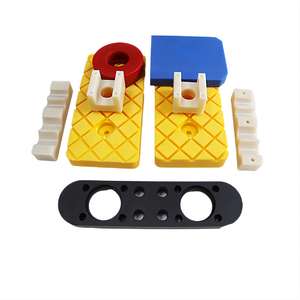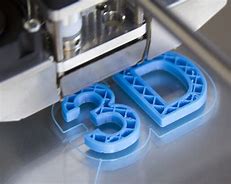**From Plastics to Pizza: The Wild World of 3D Printing Materials**
(What Types Of Material Can I 3d Print)
3D printing feels like magic. You dream up an object, hit “print,” and watch it come to life. But what exactly can you print with? The answer might surprise you. Gone are the days when plastic was the only option. Today’s 3D printing materials range from everyday stuff to things you’d never expect. Let’s dive in.
Start with the basics. Plastics still rule the scene. PLA (polylactic acid) is the go-to for beginners. It’s cheap, easy to use, and comes in colors that pop. Print a phone case, a toy, or a vase—PLA handles it all. Plus, it’s made from cornstarch, so it’s kinder to the planet. ABS plastic steps in when you need toughness. Think LEGO bricks. ABS can take heat and bumps, perfect for car parts or machine gears. Just know it smells like burnt plastic when printing. Open a window.
Nylon is another hero. It’s flexible, strong, and survives wear and tear. Use it for hinges, belts, or even clothes. Yes, 3D-printed clothes exist. PETG splits the difference between PLA and ABS. It’s tough, slightly flexible, and clear versions let you make see-through prints. Water bottles, food containers—PETG won’t let you down.
Now for the weird stuff. Flexible filaments like TPU turn your printer into a rubber factory. Squishy phone grips, bouncy shoe soles, or custom seals for jars. These materials bend without breaking, opening doors for wearable tech or medical gadgets.
Ever wanted to print something that looks like wood? You can. Wood-plastic blends mix tiny wood fibers with PLA. The result? Prints that smell like fresh sawdust and can be sanded or stained. Make a picture frame, a clock, or a tiny treehouse. Metal filaments are next-level. Mix metal powder with PLA, print your object, then polish it. Suddenly, your creation looks like real bronze, copper, or steel. Jewelry, sculptures, even functional tools—metal filaments add heft and shine.
Ceramic clay? Yep. Special printers squish out real clay, letting you craft bowls, vases, or abstract art. Fire them in a kiln, and you’ve got traditional pottery with a tech twist. Resin printing is another game. SLA and DLP printers use liquid resin that hardens under light. The detail is insane—tiny figurines, dental molds, or intricate jewelry. Resin feels smooth and professional, but it’s messy and needs careful handling.
Let’s get edible. Yes, 3D-printed food is real. Chocolate, dough, even pizza paste can be squeezed layer by layer. Custom cake toppers, personalized candies, or fancy restaurant garnishes—edible printing is a tasty niche.
Scientists are pushing limits further. “Living” materials mixed with cells could someday print human tissue or organs. Concrete printing already builds houses layer by layer. Imagine printing a garden planter that sprouts real plants or a lamp that grows algae for biofuel.
Not all materials work in every printer. Check your machine’s specs. Some need high temperatures, others special nozzles. Safety matters too. Ventilate your space when printing with fumes, and handle resins with gloves.
The real fun is mixing materials. Print a knife with a steel blade and a nylon handle. Make a drone frame with lightweight PLA and flexible TPU joints. Combine wood and metal filaments for steampunk-style decor.
(What Types Of Material Can I 3d Print)
What’s next? The list grows every year. Graphene for super-strong electronics, glow-in-the-dark paints, even temperature-sensitive plastics that change shape. 3D printing materials are limited only by imagination. Your next project could be anything—from a plastic doodad to a houseplant pot that breathes. Grab a filament, fire up the printer, and start creating. The future is literally in your hands.
Inquiry us
if you want to want to know more, please feel free to contact us. (nanotrun@yahoo.com)

